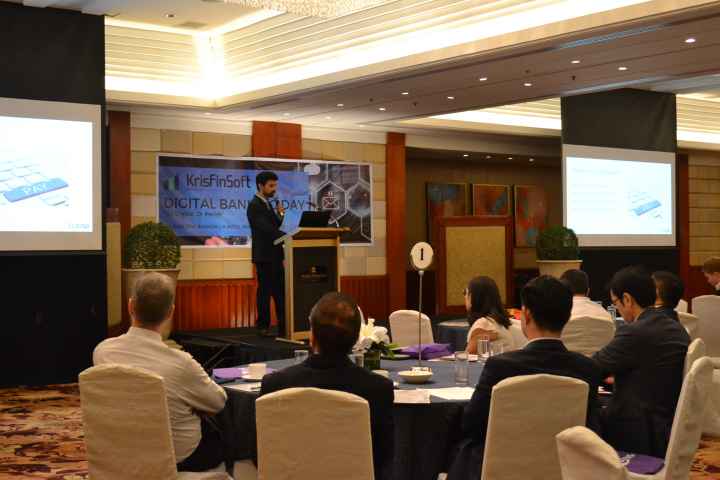
This post is based on a presentation I recently gave at a Digital Banking Day event in Manila. The focus of the event was about generating revenue from digital banking.
I’m going to start with 2 questions – what is it that makes you a digital banker, and what are you doing it for? It’s not just about offering the same services in bytes and pieces.
Digital banking definition
To help define the digital banker you need to be, I’m going to refer to Chris Skinner, fintech thought leader, blogger on the Finanser.com, and author of bestselling books Digital Bank, ValueWeb and Digital Human.
Chris has a simple but effective litmus test that will tell you if you are a digital bank:
Do you provide access to your digital core? GDPR, PSD2 and XS2A make it mandatory for banks with EU customers. But even for everyone else, it really opens up a world of digital banking possibilities if you can offer open banking APIs to fintech providers and developers.
Is your move towards a digital bank customer-centric? The way you provide banking services may change, but it has to be customer-centric – digital, branch and any other transformation you are planning for.
Culture of Digital – The shift begins with you – leadership buy in, skills upgrades and training for employees, and education for customers. You know DBS – they’re investing $20 million to train 10,000 employees and make them the digital bankers of tomorrow. They’re making use of AI learning that provides custom training to each employee, and the employees can access the training on their mobile phones, at their own convenience.
Digital vs Branch transformation
Now let’s address a set of contradictions for which every banking institution in the world is trying to find a solution. When you move your branch customers to digital platforms, it’s digital transformation. If you succeed, then your branches become obsolete and must be shut down. So, how do you bring your digital customers back to the branch? This is branch transformation.
Instead of shifting customers around between digital and branch, shift to a customer-centric strategy that is about talking to your customers regardless of the channel.
Omnichannel banking for customer-centric transformation
Step 1: Take an example of a customer who fills in a product enquiry form after looking at an ad on Facebook.
Lucep has an integration with Facebook Lead Ads that sends instant notifications on the phone to your sales or customer care executives whenever someone fills up a form.
Step 2: App update
This is where Lucep identifies the lead and starts tracking the customer journey.
At this point, you can segment leads to make each one fit into a specific persona or customer profile, so that your marketing and sales teams can target them with personalized and precise messaging. They’ll have lead data on their fingertips, including all the information provided in the Facebook lead ads form, plus historical data on previous visits to your website, past engagements, product enquiries, transactions, etc.
Step 3: In-person visit to your branch.
After the engagement has moved from Facebook to your sales team on the phone, the customer now wants to come and talk about it in person at your nearest branch. Lucep schedules an appointment to continue the conversation. The customer can schedule appointments from anywhere, at any time, and using any device or channel.
They get an SMS ticket, and regular updates on the status of their appointment, what documents are needed, etc. The bank staff who will meet them likewise gets notifications about who is coming, and for what. This means both the customer and your staff are prepared for the meeting, and no one has to wait or spend time explaining what they are in the branch for.
Monitoring metrics include service level agreement (SLA) breach alerts, average waiting time and number of customers waiting, with live floor views of each branch across your entire network.Dynamic resource allocation to multi-service queues can further reduce wait times and the real estate used up by waiting customers.
Integrate Lucep (Open API, HTML5 skinnable themes) with your core banking software, CRM and other existing systems to ensure that you get a boost in organization-wide efficiency.